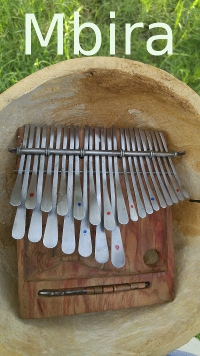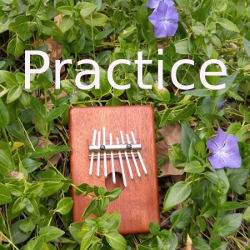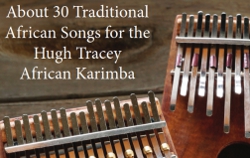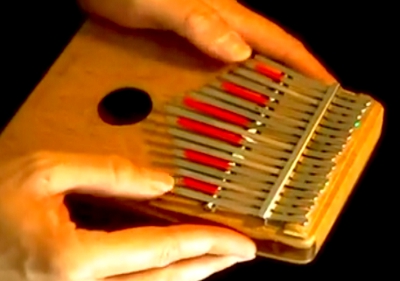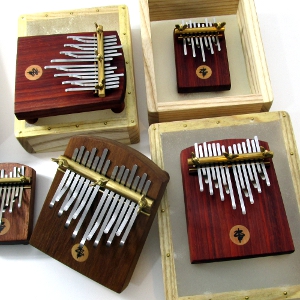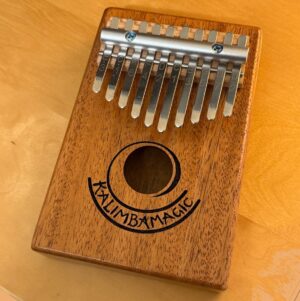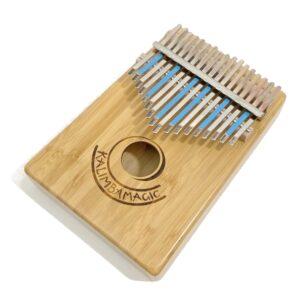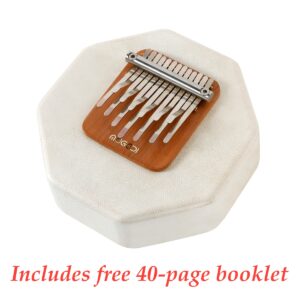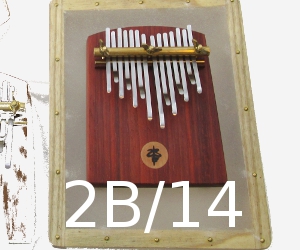
New Music Tabs for 2B/14 kalimba in “E1 Tuning”
Half the 2B/14 kalimbas we shipped last month were in E1 Tuning – Now there is music for the E1 Tuning Download the 5-page, 60 measure instructional tab in PDF Thomas Bothe is famous for his delightful kalimbas as well as for his unique, individual kalimba tunings. However, there was one day last month when I was fulfilling orders, and I tuned three 2B/14 kalimbas to the E1 tuning – which is perhaps the classic 2B tuning that most represents Thomas Bothe’s soul. Simple, delicate, easy, and beautiful. Two of the three customers requested the E1 tuning after they had learned about it from the various 2B tunings I have
